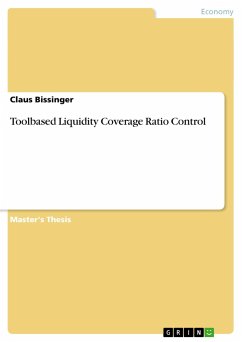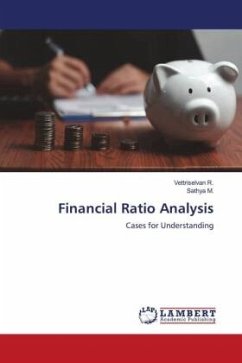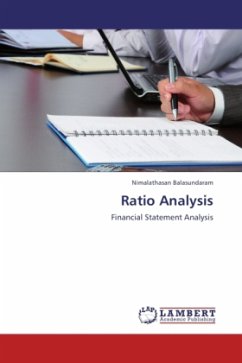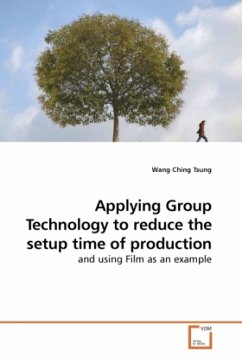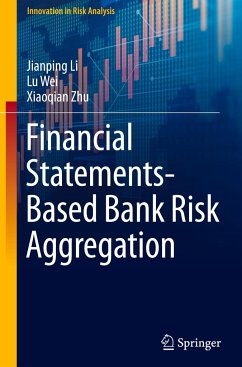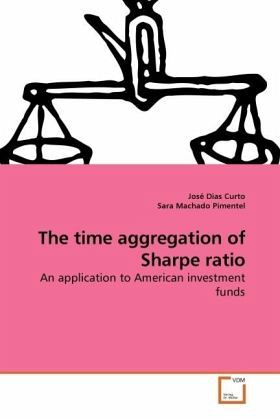
The time aggregation of Sharpe ratio
An application to American investment funds
Versandkostenfrei!
Versandfertig in 6-10 Tagen
32,99 €
inkl. MwSt.

PAYBACK Punkte
16 °P sammeln!
More than four decades have passed and the Sharpe Ratio (SR) continues to be one of the most popular portfolio risk adjusted performance measures. In this monograph we comment on Lo s (2002) results for the time aggregation of SR considering a different approach to deal with the conditional heteroskedasticity of returns. Based on a theorem proposed by Diebold (1986, 1988) we verify that the most common method for time aggregation, the product of the higher-frequency SR by the square root of the number of periods contained in the lower-frequency holding period, can still be used in the presence...
More than four decades have passed and the Sharpe Ratio (SR) continues to be one of the most popular portfolio risk adjusted performance measures. In this monograph we comment on Lo s (2002) results for the time aggregation of SR considering a different approach to deal with the conditional heteroskedasticity of returns. Based on a theorem proposed by Diebold (1986, 1988) we verify that the most common method for time aggregation, the product of the higher-frequency SR by the square root of the number of periods contained in the lower-frequency holding period, can still be used in the presence of heteroskedasticity, if higher-frequency returns have been generated by a GARCH process. In an empirical application based on 65 investment funds, the convergence to normality is illustrated, showing that in 70% of the cases the convergence is held at least when daily returns are aggregated into annual frequency. Moreover, we show that serial correlation tends to disappear when the numberof periods in the aggregation process tends to infinity and the most common method of SR time aggregation should not be disregarded as a valid method. The results are in accordance with Lo (2002).




